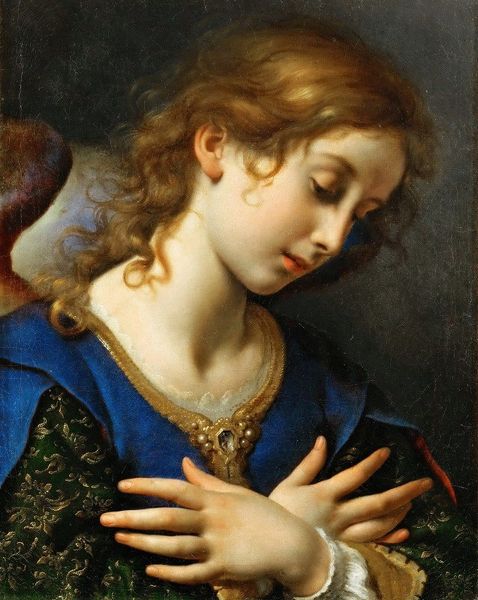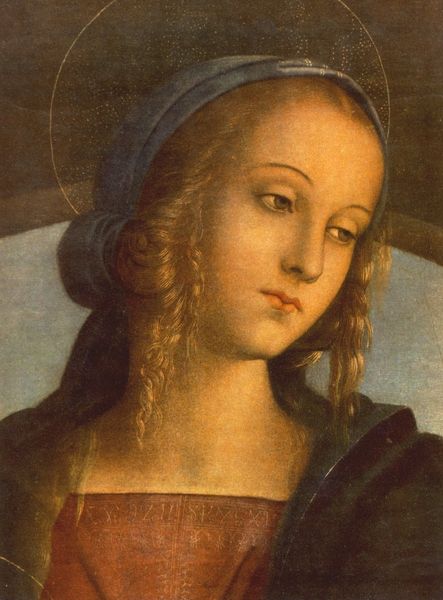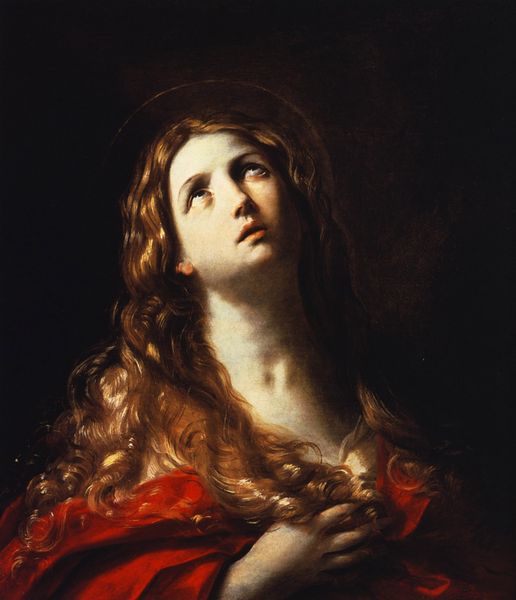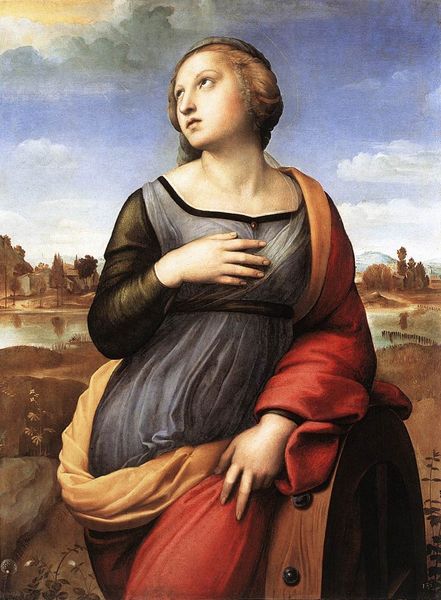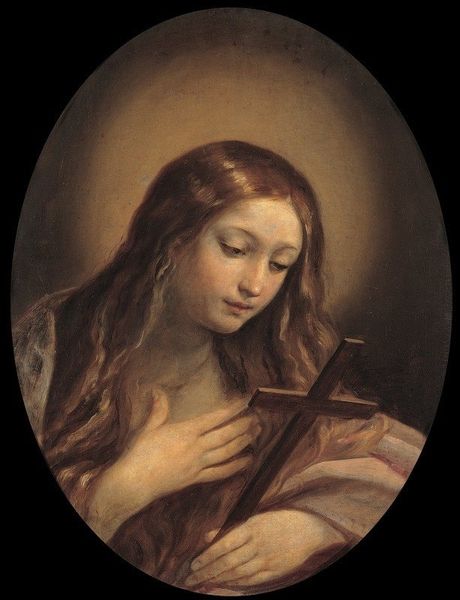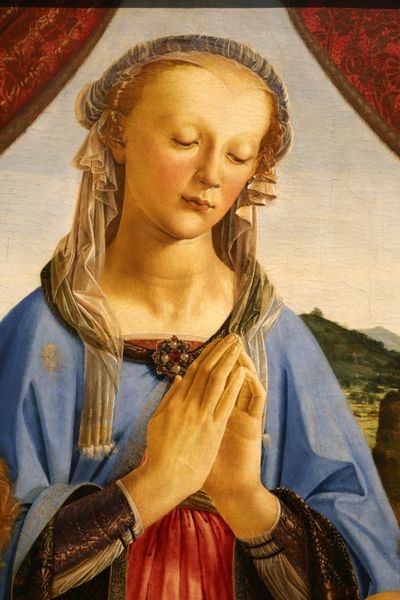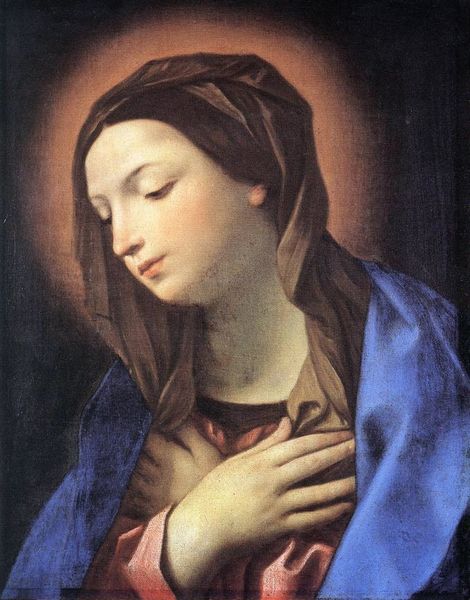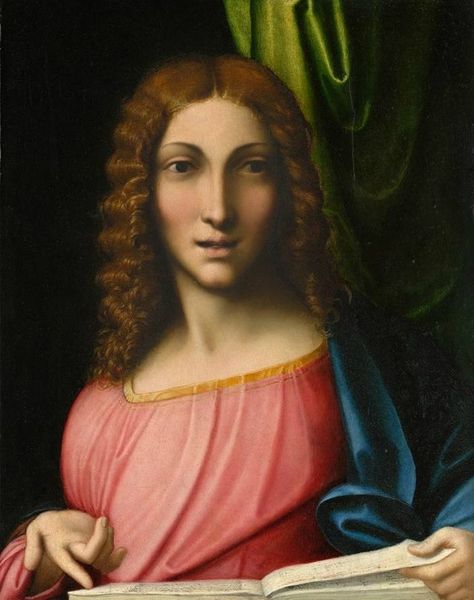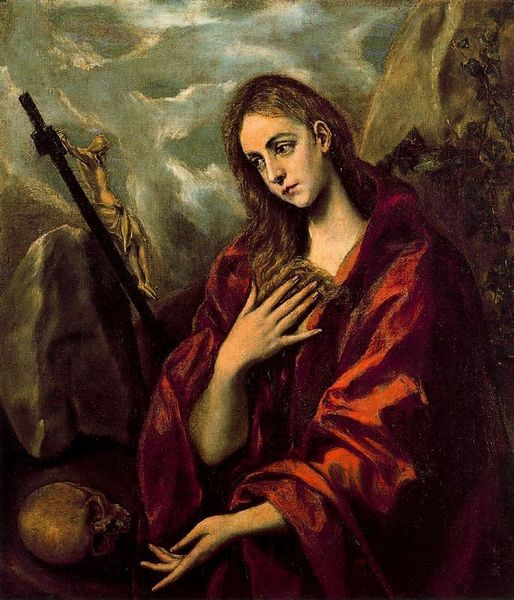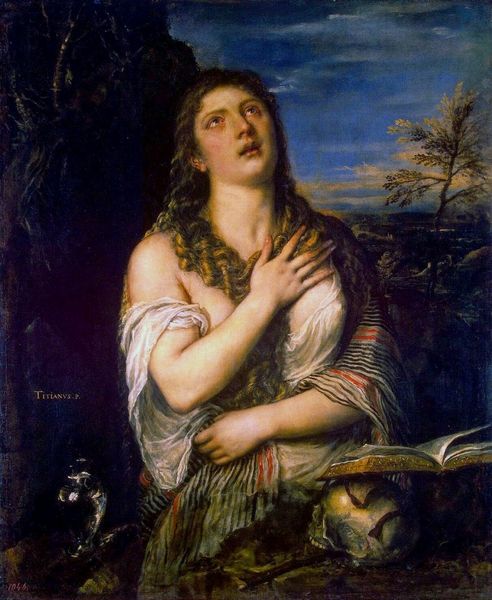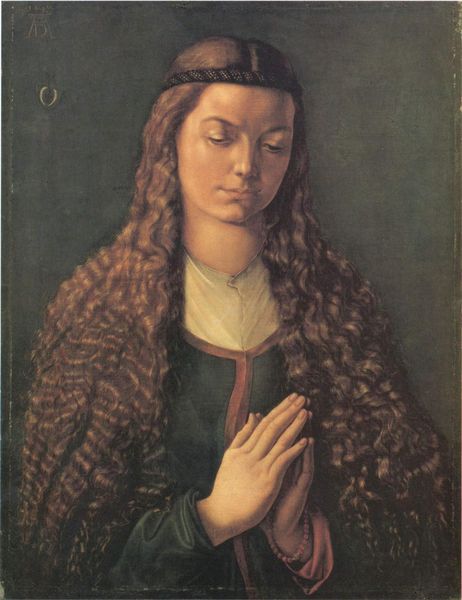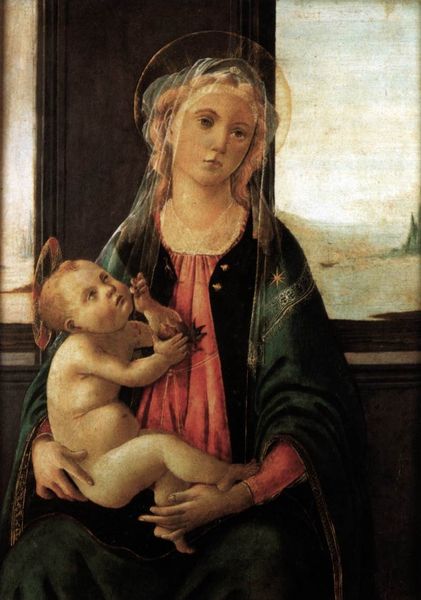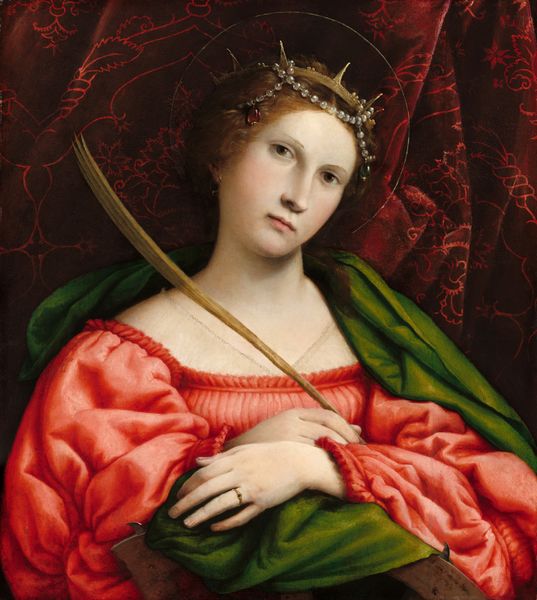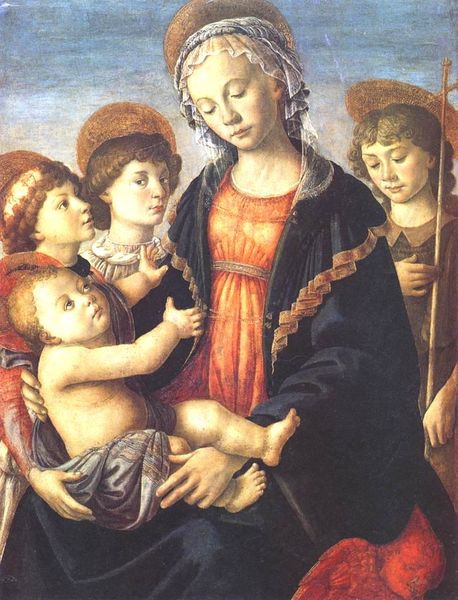
painting, oil-paint
#
portrait
#
high-renaissance
#
painting
#
oil-paint
#
mannerism
#
figuration
#
mythology
Dimensions: 63.8 x 45.1 cm
Copyright: Public domain
Parmigianino painted this oil on panel portrait, Pallas Athene, sometime in the 16th century. Look closely at the surface: its smoothness is the result of meticulous layering of translucent glazes, requiring an intensive studio practice. Parmigianino's technique recalls the traditions of panel painting, where the careful preparation of the ground and application of paint were paramount. But this isn't just about technique; it's about value. In Renaissance workshops, labor was divided and delegated – from grinding pigments to applying gold leaf – and a hierarchy existed between master artists and their assistants. Parmigianino, as the master, conceived the design and executed the most critical parts, while assistants would have prepared the panel and applied initial layers of paint. Consider the economic structure underpinning art production at the time. Patronage from wealthy families and institutions fueled the demand for exquisite artworks, sustaining the system of workshops and apprenticeships. Understanding these elements helps us appreciate the complex web of social relations that shaped the creation of Pallas Athene, challenging any simple distinction between art and craft.
Comments
No comments
Be the first to comment and join the conversation on the ultimate creative platform.
